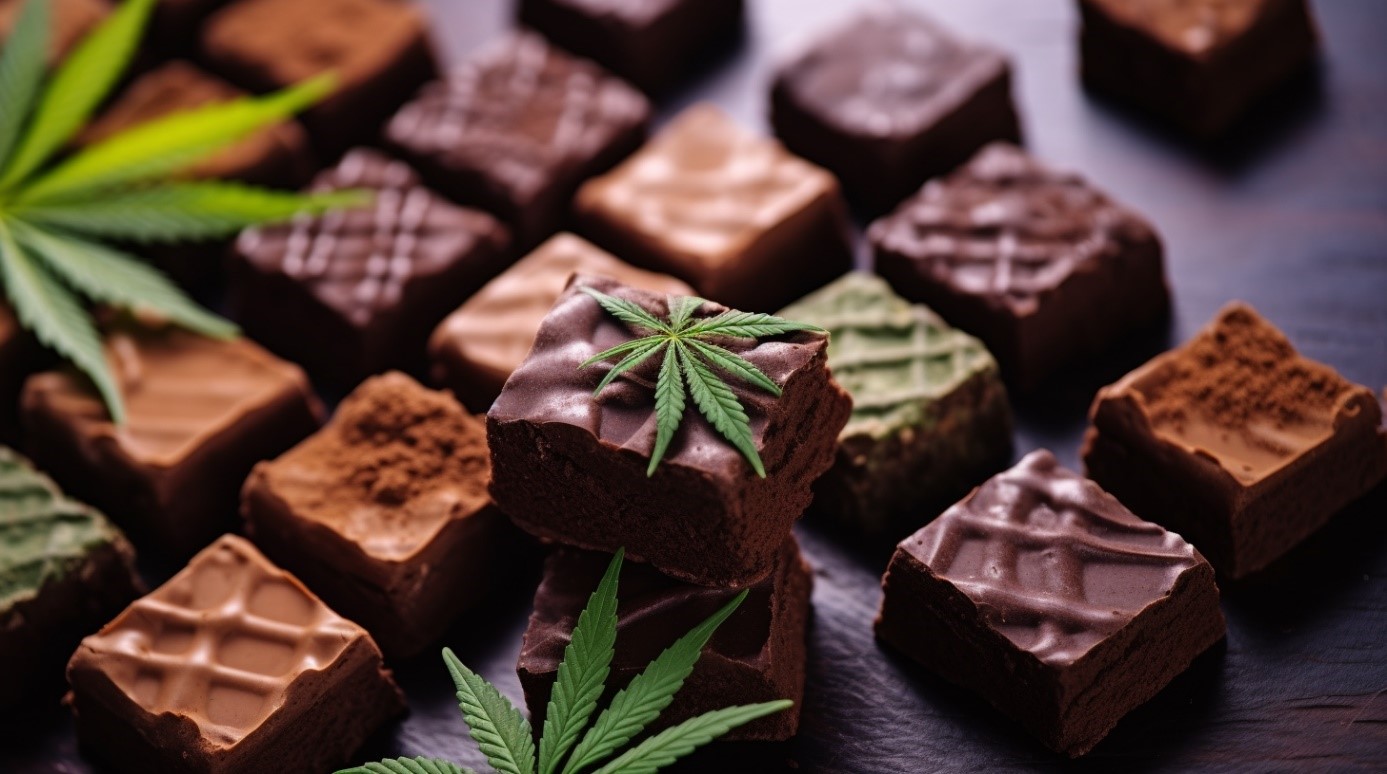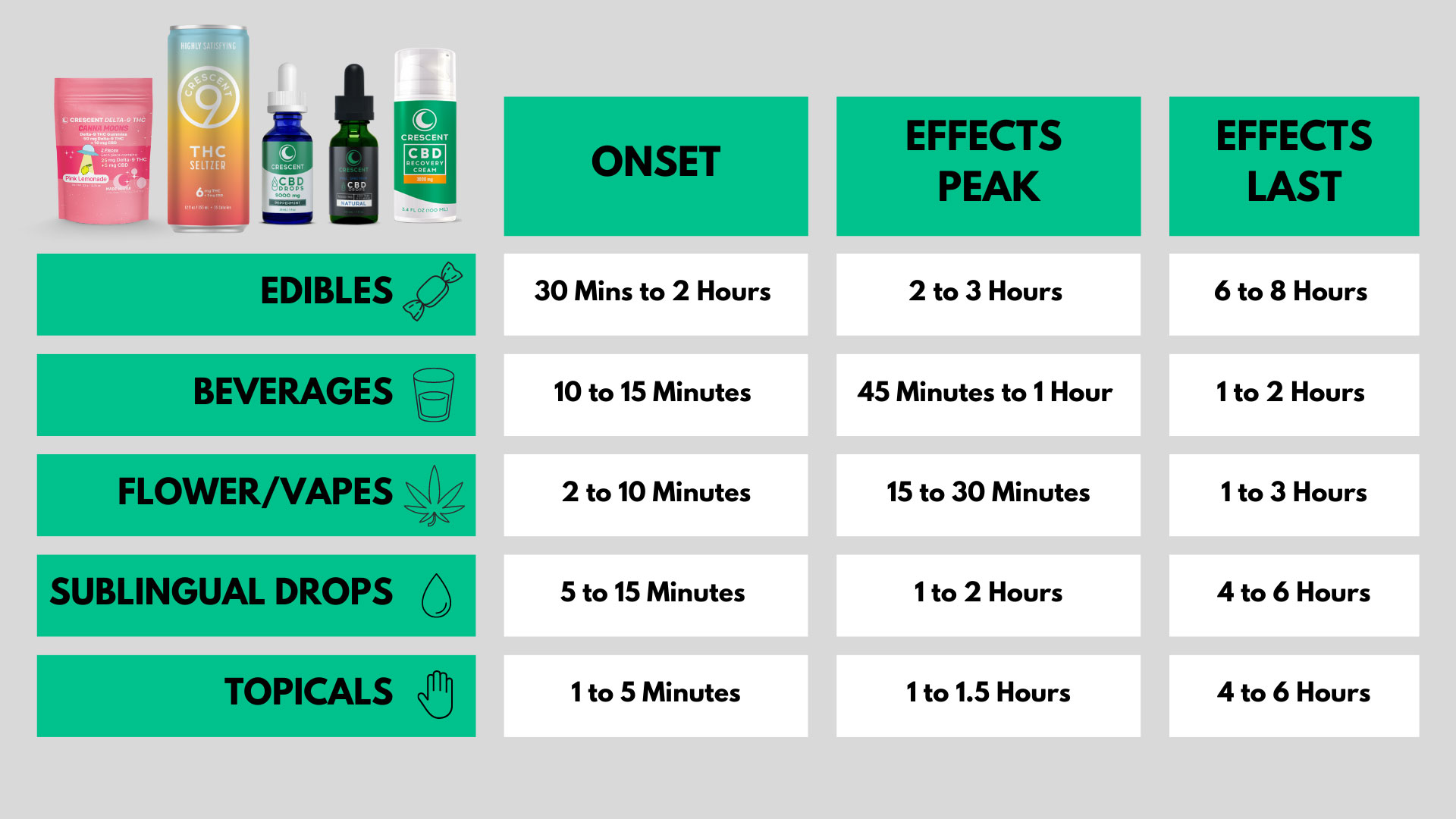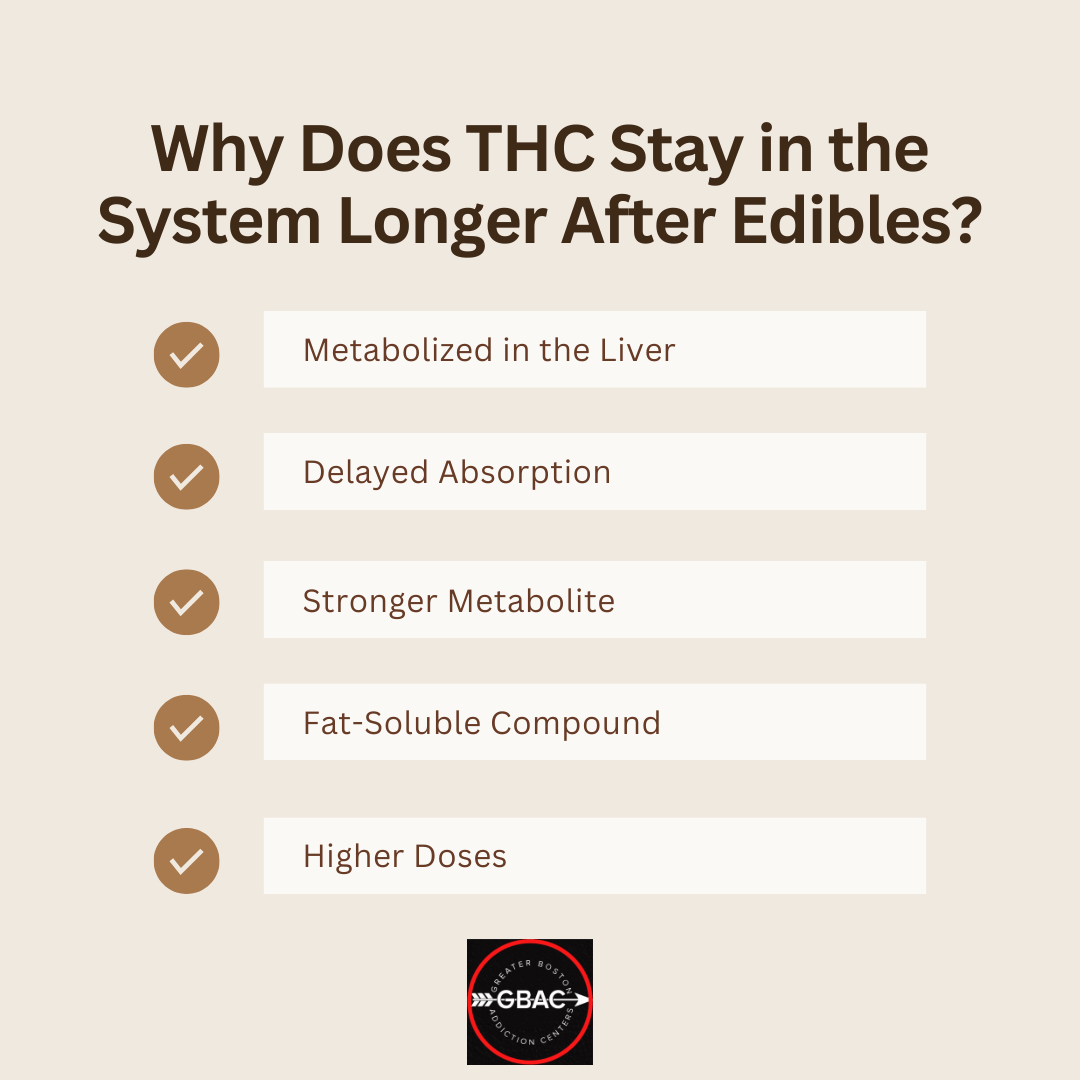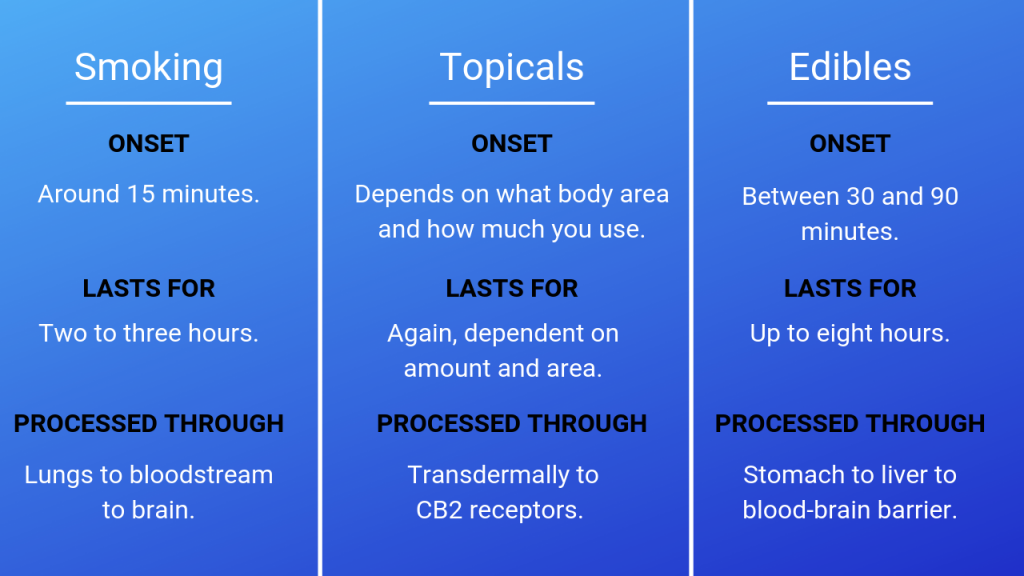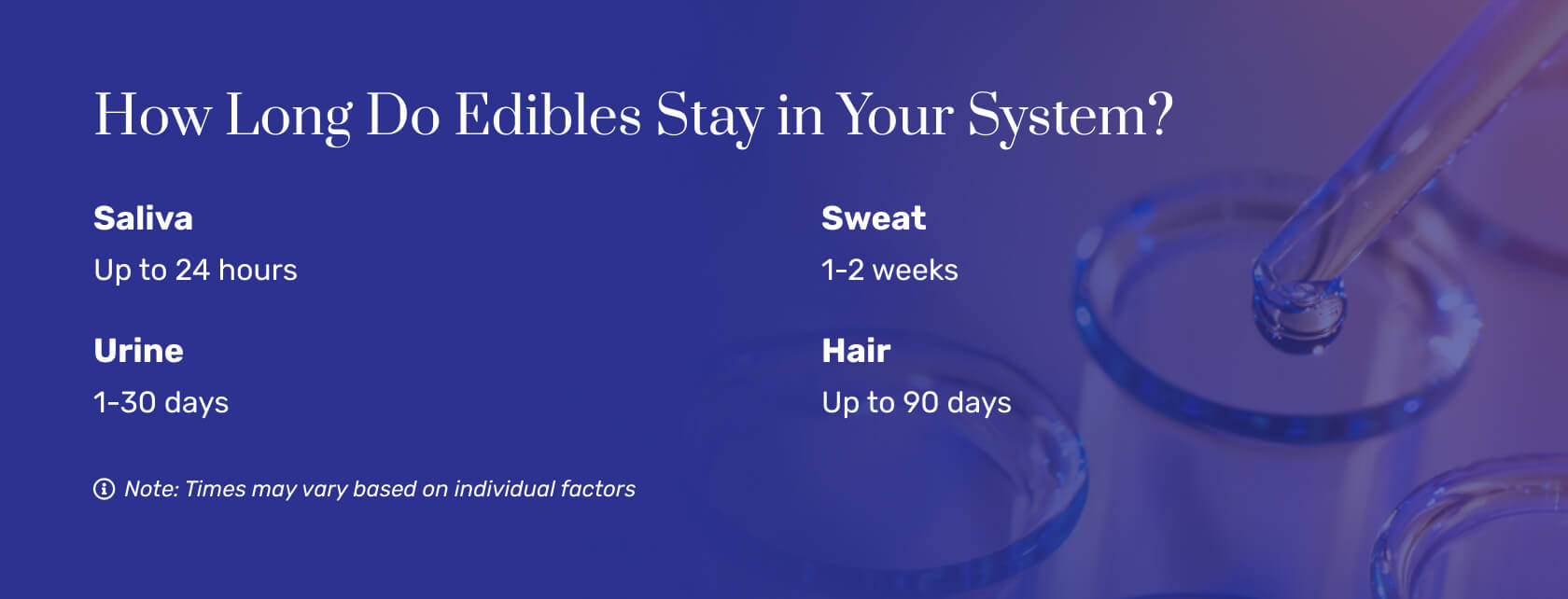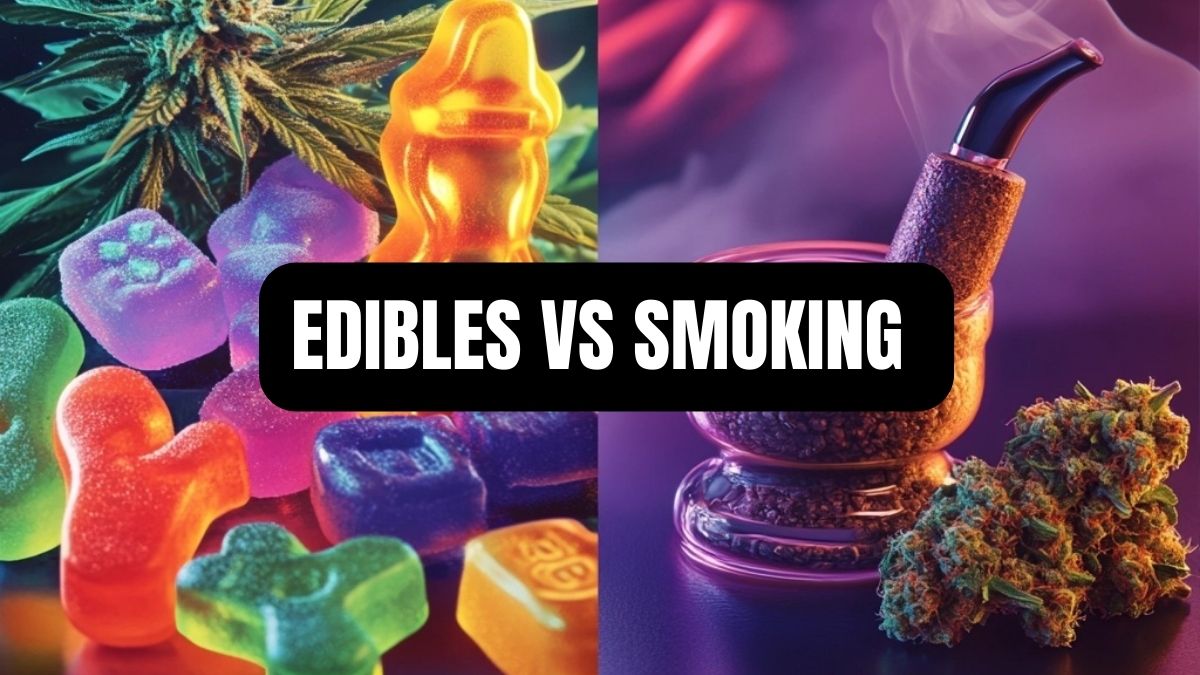How Long Does Thc Edibles Stay In Your System
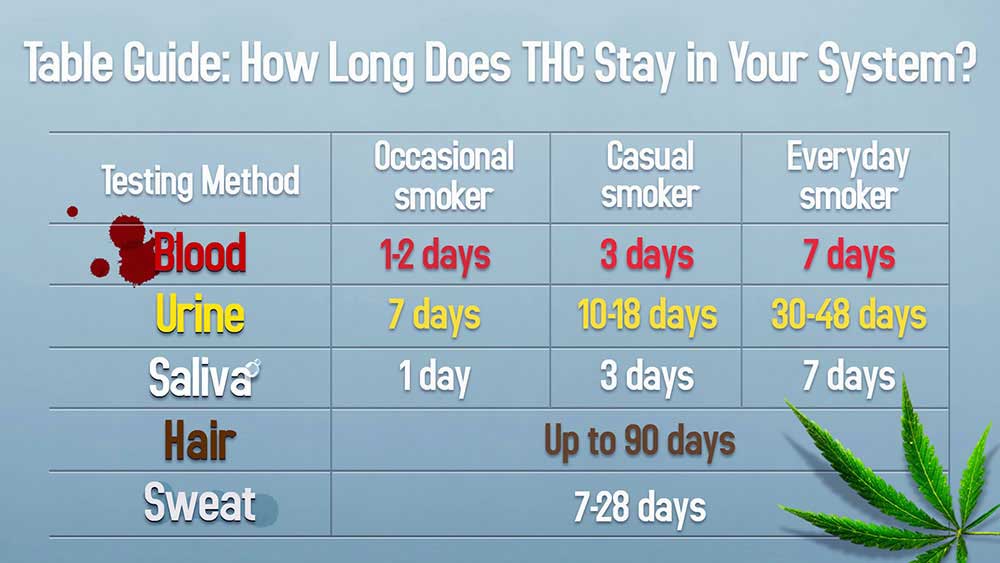
The increasing popularity of THC edibles has sparked considerable interest in understanding how long these substances remain detectable in the body. Unlike smoking or vaping, edibles are metabolized differently, leading to varying detection windows that can be influenced by a multitude of factors. This article explores the science behind THC edibles and their detection times, providing a comprehensive overview based on available research and expert opinions.
Understanding the duration of THC detectability is crucial for individuals subject to drug testing, whether for employment, legal, or medical reasons. The detection window can significantly vary, making it essential to have a clear understanding of the factors at play. Knowing the science and these factors can help individuals make informed decisions regarding consumption.
How Edibles Differ from Smoked Cannabis
When cannabis is smoked or vaped, THC enters the bloodstream rapidly through the lungs. In contrast, edibles are ingested and metabolized in the liver. This process converts THC into 11-hydroxy-THC, a metabolite considered to be more potent and longer-lasting compared to THC itself.
This metabolic difference has significant implications for both the psychoactive effects and the detection times. It's this conversion that prolongs the presence of THC metabolites in the body, particularly in urine and hair samples.
Factors Influencing Detection Time
Several variables impact how long THC from edibles stays in your system. These include metabolism, frequency of use, dosage, body fat percentage, and individual physiology. Each person's body processes substances at its own rate, impacting how long traces of THC remain.
Metabolism and Individual Physiology
A person’s metabolic rate plays a crucial role in how quickly THC is processed and eliminated. People with faster metabolisms tend to clear THC metabolites more quickly. Furthermore, age, sex, and overall health can also affect metabolic efficiency.
Enzyme activity in the liver, responsible for breaking down THC, can also differ among individuals. This variability contributes to differing detection times.
Frequency and Dosage
The frequency of cannabis use is a major determinant of detection time. Chronic, heavy users will have a longer detection window compared to infrequent users. Similarly, the dosage consumed in edibles directly influences the concentration of THC and its metabolites in the body.
Higher doses will take longer to be processed and eliminated, extending the period of detectability. Regular use leads to an accumulation of THC metabolites in fatty tissues, prolonging detection.
Body Fat Percentage
THC is fat-soluble, meaning it binds to fat cells in the body. Individuals with higher body fat percentages tend to store more THC and its metabolites, leading to longer detection times. This stored THC is gradually released into the bloodstream, extending the period it can be detected.
This is why body mass index can play a role in THC detection, though it’s not the sole determinant.
Detection Methods and Timelines
Different drug testing methods have varying detection windows for THC metabolites. The most common methods include urine, blood, saliva, and hair follicle tests.
Urine tests are the most frequently used and typically detect THC metabolites for up to 3-15 days for infrequent users. However, chronic users may test positive for 30 days or longer. Blood tests generally have a shorter detection window, ranging from a few hours to a couple of days after consumption.
Saliva tests are also used and can detect THC for approximately 24-72 hours after use. Hair follicle tests offer the longest detection window, potentially detecting THC for up to 90 days. However, hair tests are less common and can sometimes produce false positives.
Misconceptions and Important Considerations
There are numerous misconceptions surrounding THC detection times. Some believe that drinking large amounts of water or taking detox products can rapidly eliminate THC from the system.
While hydration can help, these methods are generally ineffective in significantly reducing detection times. Such practices may temporarily dilute urine, potentially leading to an inconclusive result, but they do not fundamentally alter the metabolism and elimination of THC.
"Individual experiences can vary significantly, highlighting the complexity of THC metabolism," explains Dr. Emily Carter, a pharmacologist specializing in cannabis research.
Additionally, the potency of edibles can be inconsistent, making it difficult to accurately estimate the dosage consumed. This inconsistency further complicates predictions about detection times.
Conclusion
Determining how long THC edibles stay in your system is not a simple calculation due to the various influencing factors. The metabolic pathways, frequency of use, dosage, and individual physiology all contribute to the detection window. While general guidelines exist, individual results can vary considerably.
For individuals concerned about drug testing, it is essential to be aware of these variables and consider the potential risks associated with edible consumption. Consulting with a medical professional or toxicologist can provide personalized advice based on individual circumstances and concerns.
Ultimately, understanding the science behind THC detection empowers individuals to make informed decisions about their consumption habits and manage potential consequences associated with drug testing.


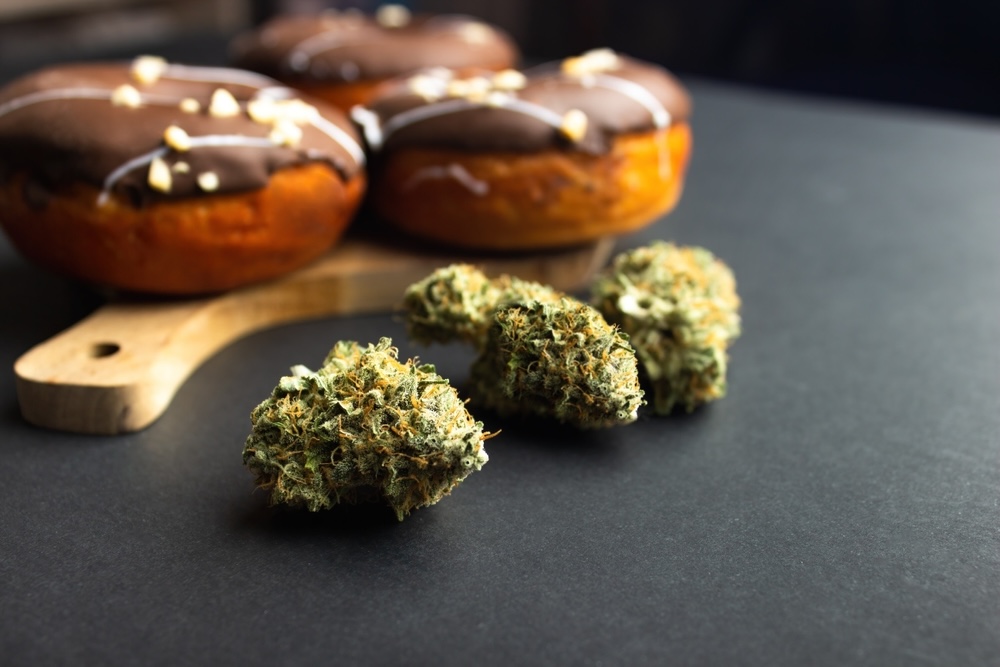
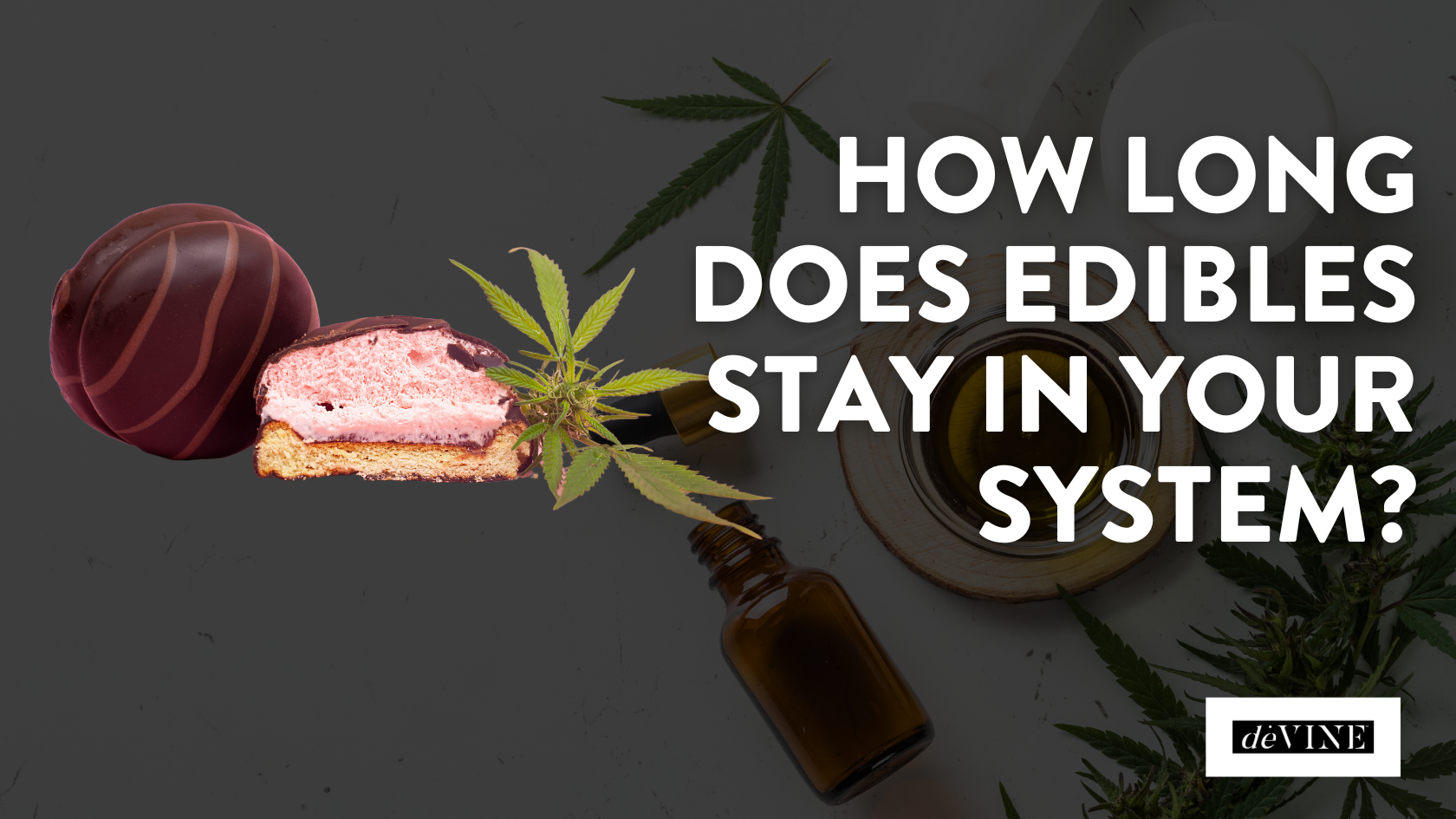
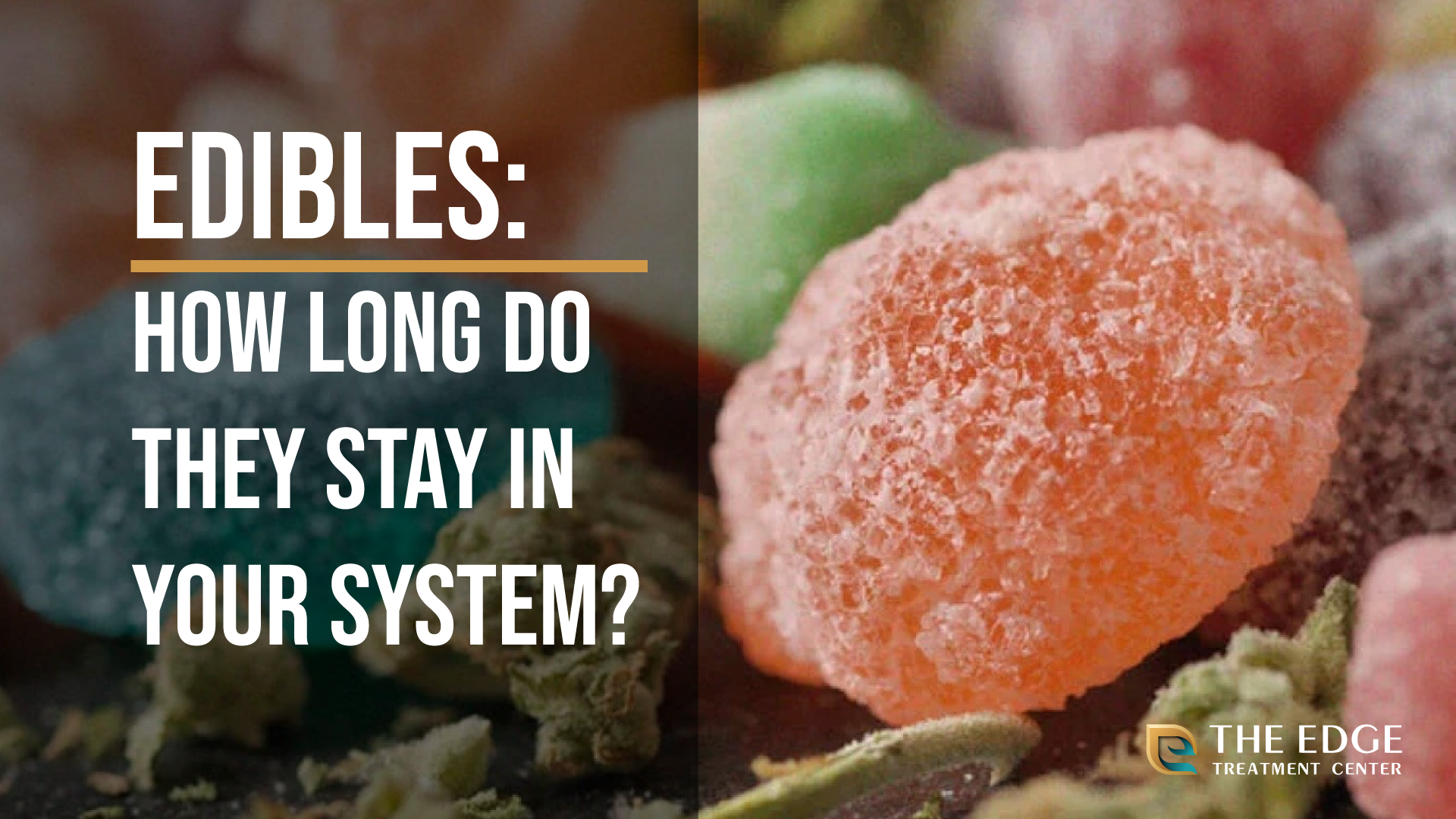
![How Long Does Thc Edibles Stay In Your System How Long Do THC & Edibles Stay in Your System? [Precise Calculator]](https://greencamp.com/wp-content/uploads/2017/08/body-fat-visual-guide-953x1024.jpg)
